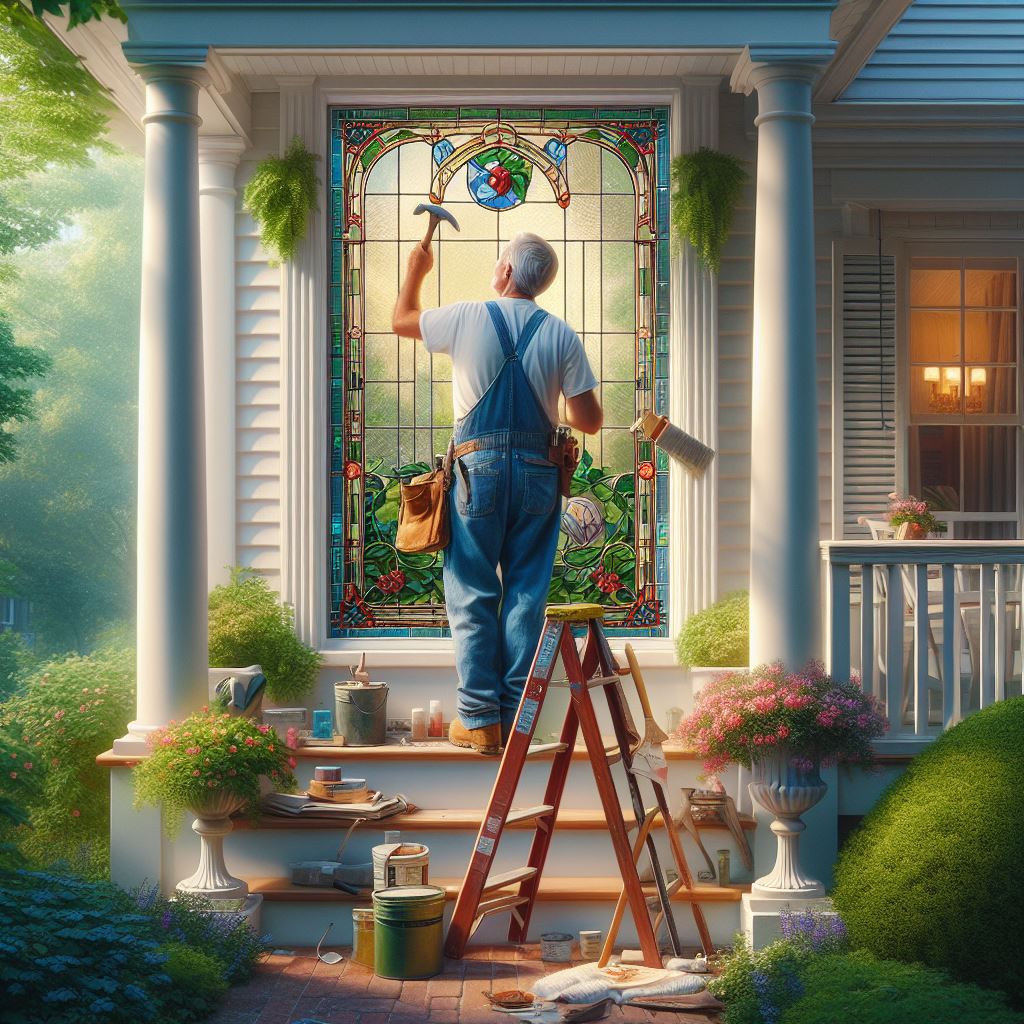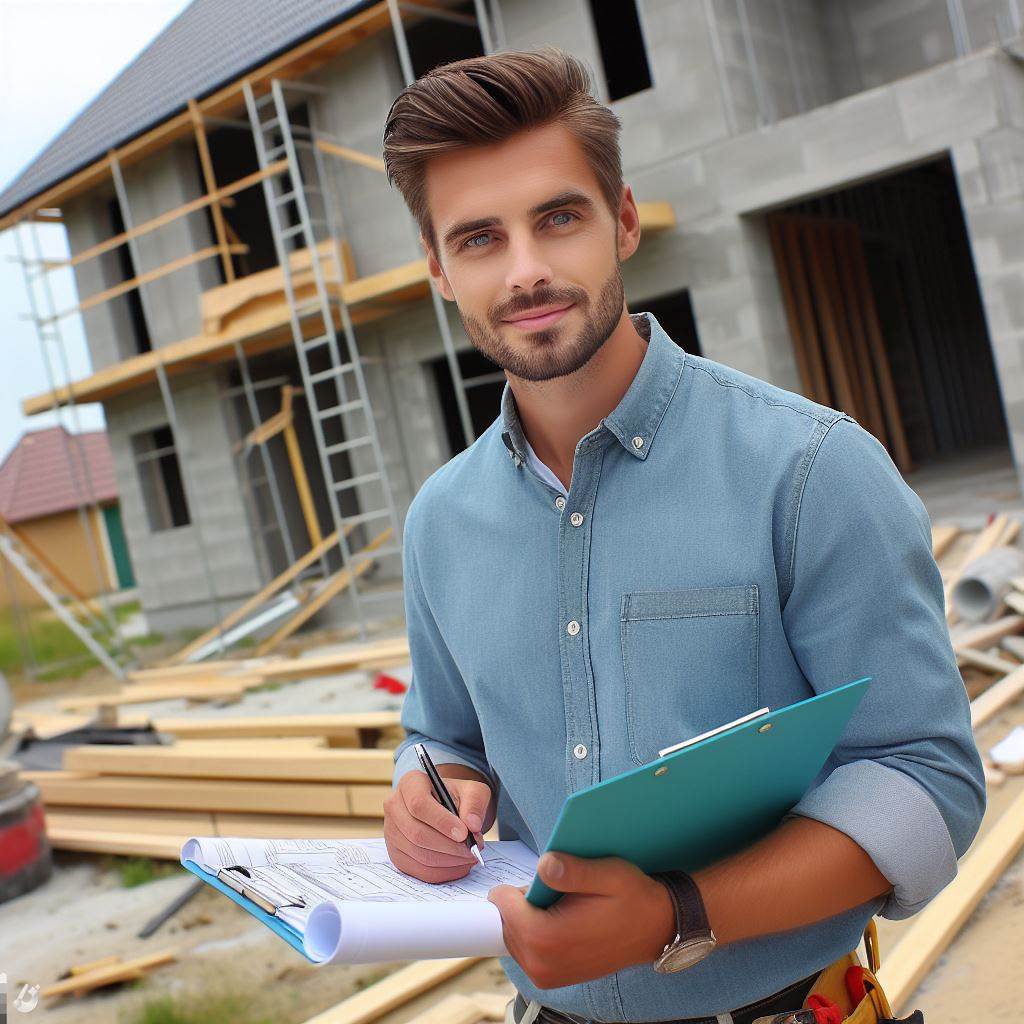Introduction
Historic homes stand as timeless witnesses to the past, echoing tales of a bygone era.
Their architectural charm, however, often collides with the need for modern functionality.
The age-old dilemma emerges when owners grapple with the decision: renovate or rebuild?
Preserving history clashes with the desire for contemporary comforts, creating a nuanced challenge.
In this blog post, we delve into the intricate balance between preserving the soul of historic homes and meeting the demands of present-day living.
Three key aspects will guide our exploration: the preservation conundrum, the allure of modern amenities, and the economic considerations involved.
Join us as we navigate the crossroads of tradition and progress.
Pros of Renovating Historic Homes
Preservation of historical architecture and character
- Renovating historic homes helps preserve the unique architectural styles and characteristics of the past.
- By renovating, we can maintain the charm and historical significance that these homes bring to a neighborhood.
- It allows us to appreciate and honor the craftsmanship and design techniques of previous eras.
- Renovating helps to safeguard the historical value of these homes for future generations to appreciate.
- Preserving historical homes enables us to connect with our community’s roots and cultural heritage.
Maintenance of neighborhood’s aesthetic charm and heritage
- A well-preserved historic home adds to the overall aesthetic appeal of a neighborhood.
- By renovating historic homes, we contribute to the coherence and character of the surrounding area.
- These homes often set a unique standard for architectural beauty and can inspire other homeowners.
- Maintaining the historical integrity of a neighborhood helps to create a sense of place and identity.
- Preserving the heritage of a neighborhood through renovating historic homes fosters community pride.
Potential cost savings compared to rebuilding
- Renovating a historic home can often be more cost-effective than tearing it down and starting from scratch.
- Rebuilding a historic home would require significant demolition costs and new construction expenses.
- Renovation allows homeowners to retain the original structure and focus on enhancing aesthetics and functionality.
- The materials used in original construction can be preserved, reducing overall renovation costs.
- Choosing renovation over rebuilding can also prevent potential environmental waste and energy consumption.
Availability of tax credits and incentives for historic preservation
- Many governments, organizations, and individuals offer tax credits and incentives to encourage historic preservation.
- These fiscal benefits can help offset the costs involved in renovating and maintaining a historic home.
- Tax credits may include deductions for renovation expenses and property tax reductions for preserving historical homes.
- Incentive programs often provide grants, low-interest loans, or subsidies to support historic preservation projects.
- These financial incentives make renovating historic homes more economically viable for homeowners.
Rather than demolishing historic homes, renovating them allows us to cherish and maintain our cultural heritage.
By preserving the architectural character, contributing to the neighborhood’s charm, enjoying cost savings, and taking advantage of available tax credits, historic homes can continue to enrich our communities for generations to come.
Read: Enhancing Client Trust: Communication Mastery
Cons of Renovating Historic Homes
Challenges related to outdated infrastructure and systems
Renovating historic homes often involves dealing with outdated wiring, plumbing, and HVAC systems.
The cost of updating these infrastructure components can be substantial and may require extensive work.
Older homes may have outdated insulation, resulting in higher energy costs and reduced comfort.
Compatibility issues may arise when trying to integrate modern technology with outdated systems.
The complexity of the renovation process can lead to unexpected delays and additional expenses.
Transform Your Real Estate Decisions
Unlock personalized real estate insights crafted just for you. Get actionable advice designed to amplify your success.
Get StartedLimited potential for customization and modern amenities
Preservation regulations may restrict the extent to which historic homes can be modified or expanded.
Original architectural features and layouts may limit the possibilities for customization and modernization.
The lack of space and infrastructure can make it challenging to incorporate modern amenities and conveniences.
Homeowners may need to compromise on their desired design and functionality due to these limitations.
Accessibility issues, such as narrow doorways and steep staircases, may be difficult to address in older homes.
Ongoing maintenance and repair costs
Historic homes often require frequent and costly maintenance due to their age and wear and tear.
Periodic maintenance tasks may include repainting, resealing, and repairing or replacing damaged materials.
The need for specialized craftsmen or materials can increase the overall expenses of maintenance and repairs.
Identifying and addressing structural issues can be more challenging in historic homes, leading to higher costs.
The continuous need for repairs and the associated costs can strain homeowners’ budgets over time.
Potential roadblocks due to strict preservation regulations
Historic homes often fall under strict preservation regulations, which can limit renovation possibilities.
Obtaining necessary permits and approvals from preservation boards or commissions can be time-consuming.
The restrictions imposed by preservation regulations may affect the overall design and functionality of the home.
Preservation guidelines may require specific materials and building techniques that can be more expensive.
Showcase Your Real Estate Business
Publish your company profile on our blog for just $200. Gain instant exposure and connect with a dedicated audience of real estate professionals and enthusiasts.
Publish Your ProfileChallenges may arise when trying to strike a balance between preserving the home’s historic value and modernization.
Read: 2024 Real Estate Trends: What’s New?
Pros of Rebuilding Historic Homes
Ability to incorporate modern materials and technology
Rebuilding historic homes allows homeowners to integrate modern materials and technology that can enhance the overall functionality and comfort of the house.
By utilizing the latest construction materials, such as durable metals and synthetic polymers, the rebuilt home can withstand the test of time and potentially become more resilient to environmental factors.
Integrating modern technology, such as advanced insulation systems, smart home automation, and energy-efficient appliances, can significantly enhance the overall livability and convenience of the home.
Freedom to design and customize according to personal preferences
When rebuilding a historic home, homeowners have the freedom to design and customize the house according to their personal preferences and lifestyle.
They can make structural changes, modify room layouts, and add new features that cater to their specific needs and desires.
Rebuilding allows for creative architectural choices, where homeowners can explore different styles and meld the best of modern aesthetics with the historical charm of the original structure.
Potential for lower long-term maintenance and repair costs
One of the advantages of rebuilding a historic home is the potential for lower long-term maintenance and repair costs.
By incorporating modern materials, such as weather-resistant siding or low-maintenance roofing, homeowners can reduce the need for frequent repairs and replacements.
Additionally, newer plumbing and electrical systems can be more reliable and efficient, reducing the likelihood of costly breakdowns and the need for extensive maintenance.
Potential for energy efficiency and sustainability improvements
When rebuilding historic homes, homeowners have the opportunity to improve energy efficiency and sustainability.
By installing energy-efficient windows, insulation, and appliances, the home can reduce energy consumption and lower utility bills.
Implementing solar panels or geothermal heating and cooling systems can further enhance the home’s sustainability, decreasing its environmental impact and potentially qualifying for tax benefits or incentives.
In short, the decision to rebuild a historic home offers numerous advantages.
Homeowners can incorporate modern materials and technology, customize the design to their preferences, potentially reduce long-term maintenance costs, and improve energy efficiency and sustainability.
Rebuilding allows for the preservation of historical charm while creating a harmonious blend of old and new.
Read: Perfecting Your Pitch: Real Estate Negotiation

Cons of Rebuilding Historic Homes
Loss of historical integrity and character
- Rebuilding historic homes often leads to the loss of their original architectural features and charm.
- Demolishing and constructing a new building can erase the unique historical elements that make the home special.
- The aging and weathered appearance of historic homes can be seen as part of their allure.
Potential opposition from preservation societies and local community
- Preservation societies and community members who value historical authenticity may oppose rebuilding historic homes.
- They argue that preserving and restoring the original structure is important for cultural heritage and identity.
- Opposition can lead to legal battles, delays in the rebuilding process, and strained community relations.
Higher upfront costs compared to renovation
- Rebuilding a historic home requires demolishing the existing structure, which adds to the overall cost.
- The expenses involved in the design, engineering, and construction of a new building are often greater than renovation.
- Additional costs may include permits, inspections, and complying with strict building codes for new constructions.
Limited availability of tax credits and incentives for new construction
- Tax credits and incentives are typically more readily available for renovating historic homes rather than rebuilding.
- Government programs often prioritize the preservation of historical buildings over new constructions.
- Homeowners who choose to rebuild may miss out on potential financial benefits that come with renovating.
Despite the potential downsides, the decision to rebuild a historic home ultimately rests on individual preferences and circumstances.
While some may prioritize preserving historical integrity, others may see the value in creating a modern living space.
It is essential to carefully consider all factors and consult with experts in architecture and preservation before making a final decision.
Read: Historic Flooring: Repair or Replace?
Factors to Consider when Deciding
Homeowner’s preferences regarding historical preservation
Homeowners should consider the value they place on preserving the historical character of their home.
Their personal attachment to the historic features may influence their decision.
Some may prioritize maintaining the original charm and architectural details of the historic home.
Others may be more open to modernizing and updating the space while still respecting its history.
Budget and financial resources available for renovation or rebuilding
One significant factor to consider is the cost of renovating versus rebuilding a historic home.
Renovations can often be more cost-effective, especially when preserving existing structures.
Rebuilding may involve significant expenses, including demolition, new materials, and labor costs.
Homeowners must evaluate their financial capabilities and determine what is feasible.
Showcase Your Real Estate Business
Publish your company profile on our blog for just $200. Gain instant exposure and connect with a dedicated audience of real estate professionals and enthusiasts.
Publish Your ProfileThe condition and structural integrity of the existing historic home
The current condition of the historic home plays a crucial role in the decision-making process.
If the home has severe structural issues or damage, rebuilding may be the safer option.
However, if the original structure is sound, renovating can be a viable choice.
Homeowners should consult with professionals to assess the home’s condition accurately.
Local regulations and requirements for historic preservation or new construction
Local regulations and historic preservation guidelines can heavily influence the decision.
Some areas have strict rules that limit modifications to historic homes, favoring preservation.
Rebuilding might require extensive approval processes and adherence to specific architectural styles.
Homeowners must research the local regulations and consider their impact on their plans.
Considering these factors is crucial for homeowners when deciding whether to renovate or rebuild a historic home.
It’s essential to align personal preferences, budgetary constraints, property condition, and local regulations.
Evaluating these aspects will lead to an informed choice that best suits both the homeowner’s needs and the preservation of historical value.
Conclusion
Renovating historic homes has its pros and cons. On one hand, it preserves the historical value and character of the property.
On the other hand, it can be costly and time-consuming.
However, rebuilding historic homes also has its advantages. It allows for modern updates and customization while maintaining the charm of the original structure.
But it may risk losing some historical elements. When deciding whether to renovate or rebuild, careful consideration and evaluation are crucial.
Homeowners should assess the condition of the existing structure, the level of desired modifications, and the budget they have in mind.
Seeking professional advice is highly recommended. Experts can provide valuable insights and guide homeowners through the decision-making process.
Architects, contractors, and historical preservation specialists can offer expertise and help weigh the pros and cons.
Ultimately, the decision to renovate or rebuild a historic home is a personal one. It depends on individual preferences, goals, and resources.
Both options offer unique opportunities to create a beautiful and functional living space while respecting the property’s historical significance.
Whether homeowners choose to preserve the past with renovations or embrace the future with a new build, taking the time to carefully evaluate all factors will lead to a well-informed decision and ultimately, a satisfying outcome for both the homeowner and the historic home itself.




